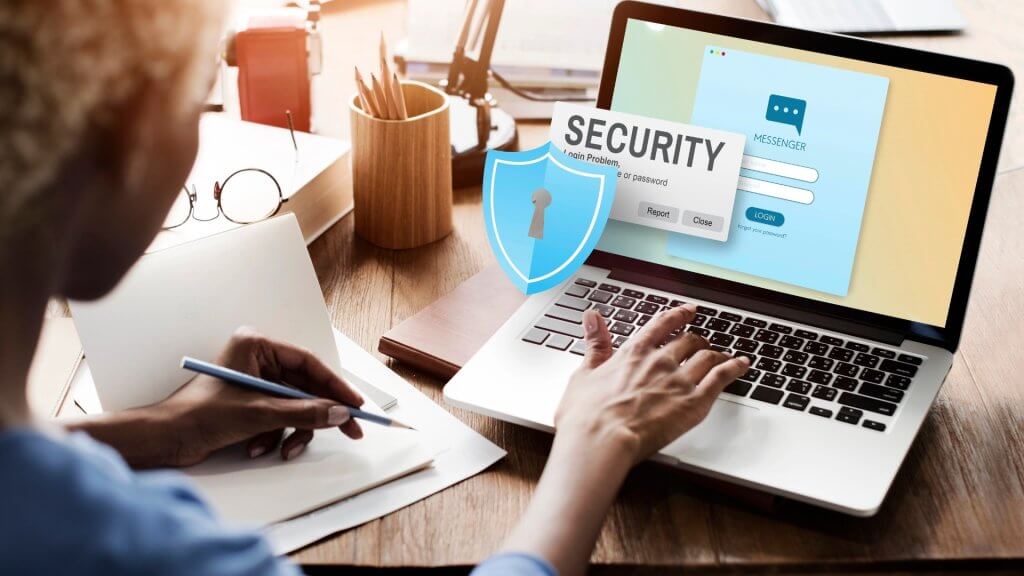In today’s digital age, small businesses are increasingly vulnerable to cyber threats. Cybercriminals often target small businesses because they perceive them as easy targets due to limited resources for robust cybersecurity measures. Protecting your business online doesn’t have to be overwhelming or expensive. Here are seven simple steps to improve your cyber security for small businesses and keep your sensitive data safe.
1. Educate Your Team About Cybersecurity
Your employees are your first line of defence against cyberattacks. Provide regular training sessions to educate them about common threats like phishing emails, malicious links, and social engineering attacks. Teach them how to identify suspicious activity, use strong passwords, and report security incidents immediately. An informed team can significantly reduce the likelihood of a breach.
2. Use Strong Password Policies
Weak passwords are one of the most common ways hackers gain access to systems. Encourage your team to create strong passwords by using a mix of uppercase and lowercase letters, numbers, and special characters. Avoid using easily guessed passwords like “123456” or “password.” Implement a policy requiring password updates every few months and consider using a password manager to store and manage credentials securely.
3. Enable Two-Factor Authentication (2FA)
Two-factor authentication adds an extra layer of security by requiring a second verification step, such as a code sent to a mobile device, in addition to a password. Enabling 2FA on all your business accounts can make it much harder for hackers to access your systems, even if they manage to steal a password.
4. Keep Software and Systems Updated
Outdated software and systems are often riddled with vulnerabilities that hackers exploit. Regularly update your operating systems, antivirus software, and applications to ensure you have the latest security patches. Consider enabling automatic updates where possible to stay ahead of potential threats without extra effort.
5. Secure Your Wi-Fi Network
Your business’s Wi-Fi network is a potential entry point for cybercriminals. Use a strong password to protect your network and consider setting up a separate guest network for visitors to prevent unauthorized access to your main systems. Also, make sure your router firmware is updated and avoid using default network names (SSIDs) that could reveal the make or model of your router.
6. Back Up Your Data Regularly
Regular data backups are crucial in case of a cyberattack, hardware failure, or accidental data loss. Implement a routine for backing up all critical business data, including customer records, financial information, and operational documents. Use both local storage and cloud-based solutions for redundancy. Test your backups periodically to ensure they can be restored when needed.
7. Implement Firewalls and Antivirus Protection
Firewalls act as a barrier between your internal network and potential threats from the internet, blocking unauthorized access. Install and configure firewalls on all devices, including servers, workstations, and mobile devices used for business purposes. Complement this with reliable antivirus software to detect and remove malware, viruses, and other malicious threats.
Conclusion
Improving your small business’s online security doesn’t require a massive budget or a dedicated IT team. By following these seven simple steps, you can significantly reduce the risk of cyberattacks and protect your sensitive data. Cybersecurity is an ongoing effort, so stay vigilant, educate your team, and keep your systems updated to ensure your business remains safe in an increasingly digital world.
Cassia Rowley is the mastermind behind advertising at The Bad Pod. She blends creativity with strategy to make sure ads on our site do more than just show up—they spark interest and make connections. Cassia turns simple ad placements into engaging experiences that mesh seamlessly with our content, truly capturing the attention of our audience.


